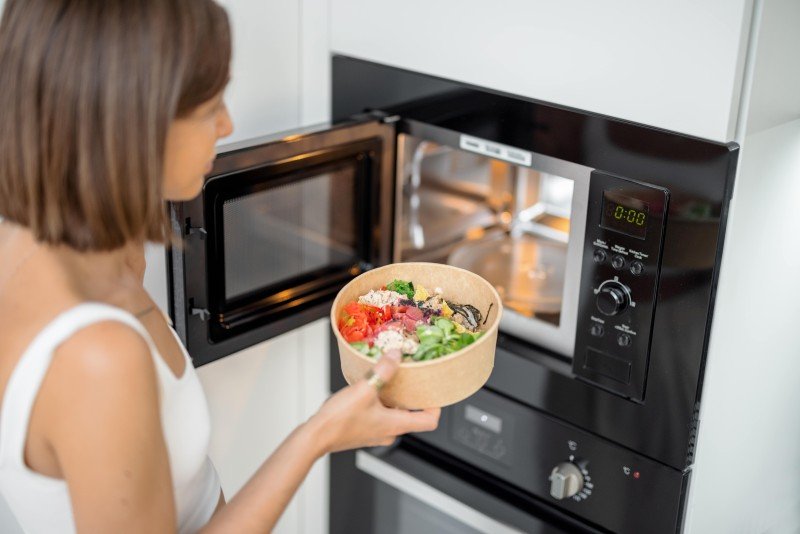What Freud Can Teach Us About Oven And Hob
Understanding Kitchen Ovens and Hobs: A Comprehensive Guide
The kitchen is frequently described as the heart of the home, and for good factor. It is where households come together, meals are prepared, and memories are developed. Central to this cooking haven are two essential devices: the kitchen oven and the hob. Comprehending their functions, types, and performances is crucial for effective cooking and can substantially boost a home chef's experience. This short article will dive into the world of kitchen ovens and hobs, analyzing their numerous types, benefits, and suggestions for making notified choices.
Tabulation
- Intro to Kitchen Ovens
- Types of Ovens
- Standard Ovens
- Convection Ovens
- Microwave Ovens
- Steam Ovens
- Comprehending Hobs
- Types of Hobs
- Gas Hobs
- Electric Hobs
- Induction Hobs
- Advantages of Using Ovens and Hobs
- Selecting the Right Oven and Hob for Your Kitchen
- Maintenance Tips for Ovens and Hobs
- FAQs
- Conclusion
1. Intro to Kitchen Ovens
Ovens are essential devices in modern kitchen areas. They provide a controlled environment for baking, roasting, and broiling food. With numerous designs and functionalities, choosing the right oven can considerably affect cooking times, food texture, and taste.
2. Types of Ovens
Conventional Ovens
Standard ovens are the most common type discovered in homes. They use either electric or gas power to heat up the interior and usually feature a single cooking area.
Advantages:
- Versatile for baking, roasting, and broiling.
- Typically cost effective.
Convection Ovens
Convection ovens are similar to standard ovens but come equipped with a fan that circulates hot air throughout the cooking chamber. This results in even cooking and browning.
Benefits:
- Reduced cooking times due to enhanced air flow.
- Improved browning and crisping of foods.
Microwave Ovens
Microwave ovens use electromagnetic radiation to heat food rapidly, making them hassle-free for defrosting and reheating leftovers.
Benefits:
- Very quickly cooking times.
- Energy efficient.
Steam Ovens
Steam ovens utilize steam to prepare, preserving the wetness and nutrients in food. Electric Ovens Online are especially popular amongst health-conscious cooks.
Advantages:
- Healthier cooking option.
- Maintains vitamins and minerals in food.
3. Comprehending Hobs
Hobs, likewise referred to as cooktops, are the flat surfaces on which pots and pans are put to cook food. They can be integrated into kitchen countertops and are offered in various designs, fuel types, and styles.
4. Kinds of Hobs
Gas Hobs
Gas hobs utilize burner as their heat source, providing instant heat and accurate temperature control.
Advantages:
- Excellent control over cooking heat.
- Generally cheaper to operate than electric ones.
Electric Hobs
Electric hobs heat using electric coils or glass surfaces. They might take longer to heat up than gas, but they supply a smooth cooking surface and are much easier to clean up.
Advantages:
- Even heat distribution.
- Safe, as there's no open flame.
Induction Hobs
Induction hobs utilize electromagnetic energy to directly warm pots and pans. They require suitable cookware and offer instant responsiveness.
Advantages:
- Highly energy-efficient.
- Faster cooking times and accurate temperature control.
5. Benefits of Using Ovens and Hobs
Both ovens and hobs come with their own unique set of benefits that can boost any cooking experience. Here are a couple of key benefits:
- Diverse Cooking Options: Both appliances enable a series of cooking approaches including boiling, frying, roasting, baking, and steaming.
- Time Efficiency: Modern ovens and hobs frequently feature fast cooking settings, which conserve time in the kitchen.
- Accuracy Cooking: With innovative functions, users can accomplish better outcomes in temperature control and cooking times.
6. Choosing the Right Oven and Hob for Your Kitchen
When selecting the best oven and hob, various elements need to be considered:
- Size: Ensure that the device fits comfortably in your kitchen area.
- Cooking Style: Consider what types of food you frequently prepare.
- Fuel Type: Whether gas or electric, think about accessibility and performance in your location.
- Spending plan: Determine your budget plan and find devices that satisfy your needs within that range.
Checklist for Choosing Your Oven and Hob:
- Assess kitchen space.
- Recognize your cooking choices.
- Determine source of power schedule.
- Compare features and specifications.
- Set a spending plan variety.
7. Maintenance Tips for Ovens and Hobs
Routine maintenance is essential for keeping ovens and hobs in optimum condition. Here are some maintenance suggestions:
- Clean Regularly: Wipe down surfaces after each usage and deep clean occasionally.
- Examine Seals: For ovens, inspect door seals to ensure they are airtight.
- Take a look at Burners: For gas hobs, keep burners without food debris to preserve reliable heating.
- Change Filters: If your oven has a filter, replace it as advised by the manufacturer.
8. Frequently asked questions
1. What is the difference between a standard oven and a convection oven?Conventional ovens
prepare food through radiant heat, while convection ovens distribute hot air, resulting in faster and more even cooking. 2. Do induction hobs require unique cookware?Yes,
induction hobs require ferrous pots and pans that can being magnetized to work effectively. 3. Are steam ovens worth the investment?For health-conscious individuals or those who typically cook vegetables and delicate foods, steam ovens can be worth the investment
due to their ability to maintain nutrients. 4. Can I integrate an oven and hob into one unit?Yes, lots of producers use combined systems understood as range cookers, which incorporate both an oven
and hob into a single appliance. 9. Conclusion Kitchen ovens and hobs are crucial elements of any cooking area, each offering special features and functionalities matched for various cooking designs.
By understanding the
kinds of ovens and hobs readily available, their benefits, and how to maintain them, home chefs can cultivate a more effective and enjoyable cooking experience. Whether one is an experienced cook or a beginner, making informed decisions about these important kitchen appliances is important. 